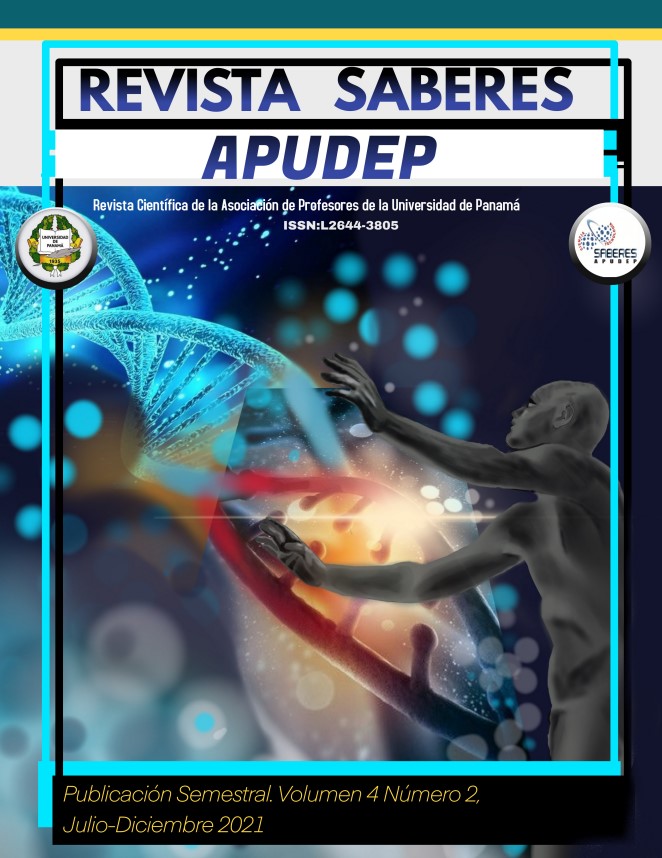

The objective of this work was to determine the effect of fertilization with organic manure on the forage production of Guatemala grass (Tripsacum laxum), under the application of different levels of organic manure and the appropriate cutting interval. The grass studied was Tripsacum laxum (Guatemala). Organic compost made with chicken manure (75%), bristle (20%) and plant material (5%), (dry leaves and roots), with a maturity of 60 days, was used. Guatemala grass was sown with vegetative material at a distance between plants and rows of 1.00 cm. The levels of organic fertilization were 0, 3, 6 and 9 tons / ha. The cutting frequencies under study were 45 and 60 days of regrowth at a height of 25 cm. approximately. The analysis of variance for the dry matter yield variable indicates that a significant difference was found in the levels of organic fertilizer, but not in the interaction of organic fertilizer by cutting frequency. However, for the cutting frequency there were highly significant differences (P <0.01) in the dry matter yield variable. Fertilization with organic manure significantly affected (P <0.01) the dry matter yield of Guatemala grass. The highest dry matter yields (3617 and 3670 kg / ha on average) were obtained with applications of 6 and 9 tons per hectare of organic fertilizer respectively; These were not significantly different from each other, but they were from the control (without application of organic fertilizer). Dry matter production increased significantly due to the cutting season (P <0.01). The highest material yields were obtained with cuts every 60 days and production of 4581 kg / ha. The doses of organic fertilizer affected the nitrogen and crude protein contents in the dry matter, with a low cutting frequency of 45 days, but they had no effects on the phosphorus, potassium and calcium contents. Nitrogen doses had a highly significant effect (P <0.01) on the content of nitrogen, crude protein, phosphorus, potassium and calcium in the dry matter of Guatemala grass under the cutting frequency of 60 days.